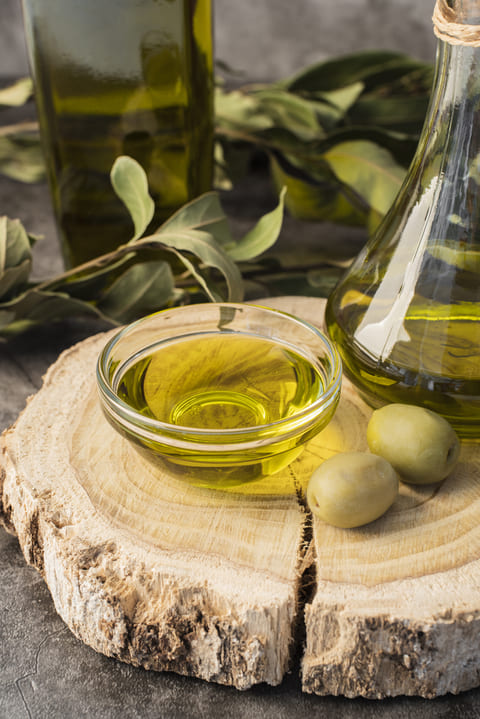Zainab walked into my clinic frustrated and confused. At 45, she wanted to improve her family’s health through better cooking but felt lost in all the conflicting advice. Does this sound familiar?
At that moment, I realized Zainab represented millions of Indians striving to eat well in a changing culinary landscape. And I knew the single ingredient that could transform their kitchens and wellbeing: olive oil.
Significance Today
As India faces a rising tide of obesity, heart disease, and diabetes, our cooking choices have never mattered more. We need accessible, practical solutions to cook delicious food that nourishes our bodies and fits our lifestyles. Enter olive oil.
Olive Oil Use in India
Despite India being the world’s third-largest edible oil consumer, olive oil hasn’t found a permanent place in most Indian kitchens. Major obstacles include
- Higher cost compared to other oils
- The perception that light colour means less flavour
- The belief that olive oil is only for Western or Mediterranean dishes
- Lack of awareness about grades and smoke points for cooking
- Misconception that Indian food must be cooked in traditional oils
Consequently, only a small percentage of Indians use olive oil regularly, missing out on its remarkable benefits.
Research on Health Benefits
Extensive studies reveal olive oil’s potent health-promoting properties, which are highly relevant to Indians. Key findings include
- Lowering bad LDL cholesterol and raising good HDL
- Reducing inflammation, a root cause of chronic diseases
- Providing powerful antioxidants to fight cell damage
- Improving blood sugar control and insulin sensitivity
- Supporting brain health and potentially slowing cognitive decline
One fascinating study even linked olive oil consumption to a lower risk of heart disease in a population genetically prone to it – a crucial insight for Indians facing high cardiovascular risk.
Misconceptions and How to Use
Many Indians believe olive oil is unsuitable for high-heat cooking, but this belief stems from confusion about grades. While extra-virgin olive oil suits low-heat uses, regular or light olive oil has a high smoke point, perfect for sautéing, frying, and roasting.
Another myth is that olive oil’s flavour won’t complement spicy or complex Indian dishes. Its versatile taste enhances various regional cuisines from north to south.
To maximize health benefits and flavour
- Use olive oil in place of saturated fats like butter or coconut oil.
- Drizzle it on dal, mix into chutneys, marinate meats, or toss with veggies before roasting.
- Just don’t overheat it to the point of smoking.
Expert Opinions
Leading food writers echo the potential for olive oil to elevate Indian cooking. Noted cookbook author Madhur Jaffrey praises its ability to “lighten up” traditionally heavy dishes. Chef Sanjeev Kapoor recommends it for healthier twists on classics like his olive oil tadka. And culinary authority Suvir Saran proclaims extra-virgin olive oil as his go-to finishing oil for a burst of flavour.
Conclusion and Lesson
As Zainab left my clinic empowered with practical knowledge about olive oil, I hoped her story would inspire others. The lesson is simple: small changes in our cooking oils can yield profound personal and public health results.
By using olive oil, we have the power to shape a healthier future for Indian cuisine and communities. It’s time to shatter myths, share knowledge, and unleash the untapped potential of this liquid gold. In our kitchens lies the key to a delicious revolution in wellness. Let’s seize it, one drizzle at a time.

